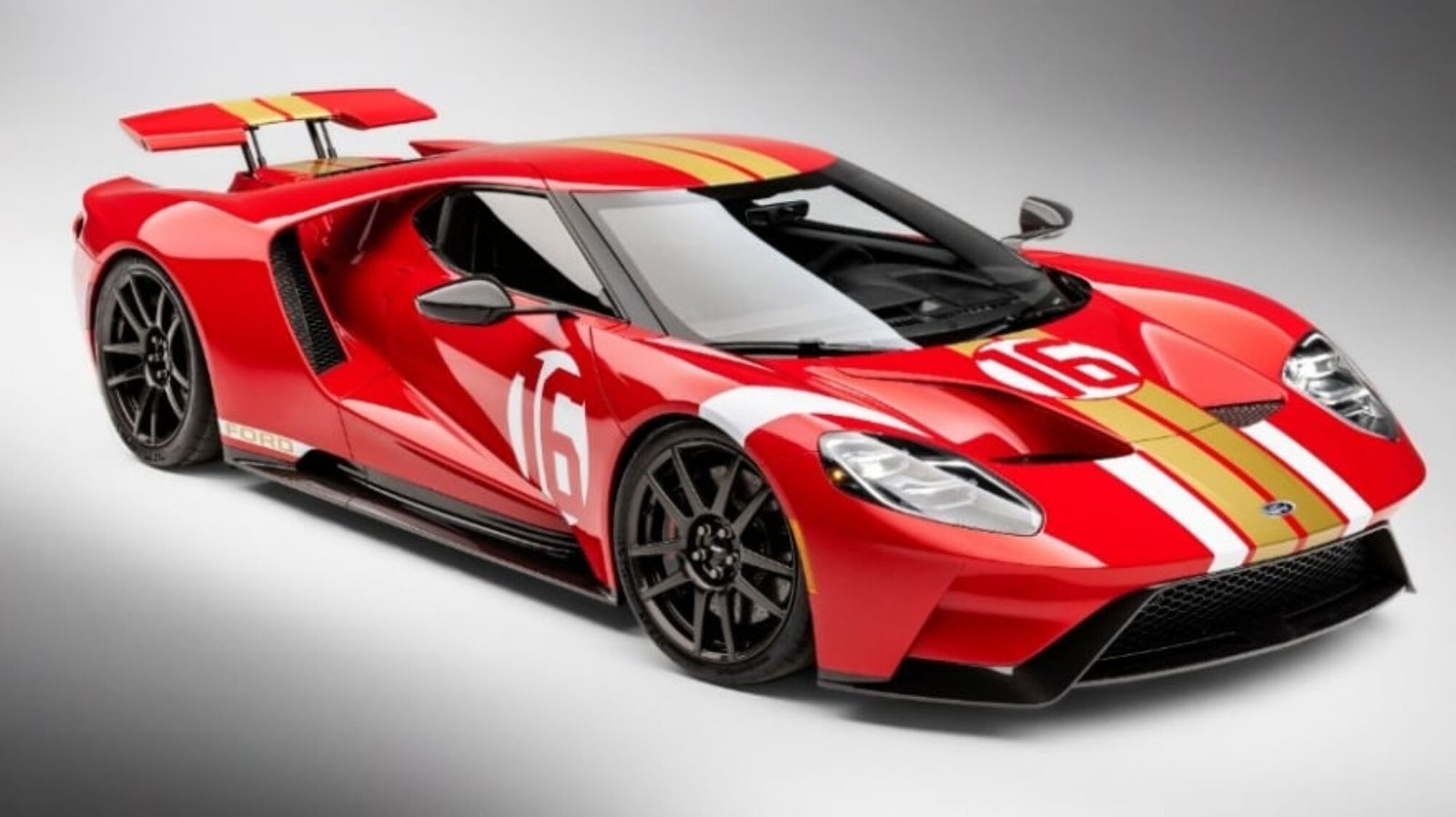Revival of Classic Vintage Car Designs
Classic vintage cars have always held a special place in automotive history, celebrated for their timeless beauty and unique character. In recent years, there has been a growing trend in the automotive industry to revive these iconic designs, blending the charm of the past with the technology of the present. This revival of classic vintage car designs not only caters to the nostalgia of car enthusiasts but also introduces these legendary styles to a new generation. In this post, we will explore how modern automakers are reimagining classic designs and why this trend continues to gain momentum.

The Appeal of Timeless Design
The first thing to consider is the appeal of timeless design. Classic cars from the mid-20th century are renowned for their unique and often bold aesthetics. Sleek lines, distinctive curves, and chrome finishes characterized an era when design was as important as performance. These elements have proven to be enduringly popular, and many modern car enthusiasts still admire them for their beauty and craftsmanship.
Recognizing this, several automakers have started to revive these iconic designs, offering modern vehicles that pay homage to their classic predecessors. By doing so, they tap into the nostalgia of older generations who remember these cars fondly, while also attracting younger buyers who appreciate the vintage aesthetic but want the reliability and technology of a new car.
Modern Interpretations of Classic Models
Modern interpretations of classic models are at the heart of this revival trend. Automakers like Ford, Chevrolet, and Fiat have successfully reintroduced some of their most iconic vehicles with a modern twist.
For example, Ford brought back the Mustang with a design heavily inspired by the original 1960s models. The modern Mustang retains the powerful stance, long hood, and fastback silhouette that made the original a legend, while incorporating modern technology and performance upgrades. This approach has made the Mustang a hit with both classic car enthusiasts and new buyers.
Similarly, Chevrolet reimagined the Camaro, another classic muscle car, blending the retro design elements of the 1960s with contemporary features. The result is a vehicle that feels both familiar and fresh, appealing to a broad range of car lovers.
Fiat also revived its iconic 500, a small city car originally launched in 1957. The new Fiat 500 retains the charming, rounded shape of the original but is equipped with modern conveniences and safety features, making it a popular choice for those who love the vintage look but need a practical, city-friendly vehicle.
The Role of Technology in Reviving Classic Designs
One of the most exciting aspects of the revival of classic vintage car designs is the role of modern technology. While these new interpretations pay tribute to the past, they are far from outdated. Automakers incorporate cutting-edge technology into these vehicles, providing the best of both worlds—classic aesthetics with modern-day performance, safety, and efficiency.
For instance, many of these revived models feature electric or hybrid powertrains, appealing to environmentally conscious buyers who still want the charm of a vintage design. The integration of advanced safety systems, infotainment, and connectivity features also ensures that these vehicles meet the expectations of today’s drivers while preserving the look and feel of their classic counterparts.
Nostalgia and Marketing
The nostalgia factor plays a significant role in the success of these revived classic designs. Automakers have effectively used nostalgia as a marketing tool, connecting with buyers on an emotional level. Advertisements often highlight the heritage of these vehicles, reminding older generations of the cars they grew up with or aspired to own. At the same time, these campaigns introduce the legacy of these classic cars to younger audiences, creating a sense of continuity and shared history.
This nostalgic appeal is not just limited to the cars themselves but extends to the entire brand identity. Brands that have successfully revived classic designs often emphasize their long-standing heritage and commitment to quality, reinforcing the idea that they are not just making cars—they are preserving a piece of automotive history.
The Future of Classic Car Design Revivals
Looking ahead, the trend of reviving classic car designs shows no signs of slowing down. As more automakers recognize the appeal of these timeless designs, we can expect to see more classic models reimagined for the modern market. The success of these vehicles suggests that there is a lasting appetite for cars that combine the best elements of the past with the innovations of the present.
Furthermore, as technology continues to advance, we may see even more creative ways to blend classic design with modern features. From fully electric powertrains to advanced autonomous driving technologies, the future of classic car design revivals could bring some of the most exciting and innovative vehicles to date.
Conclusion
In conclusion, the revival of classic vintage car designs is a trend that beautifully bridges the gap between past and present. By reintroducing iconic models with modern technology, automakers are not only preserving automotive history but also creating vehicles that resonate with a wide range of buyers. Whether you’re a fan of the original classics or a new enthusiast drawn to their timeless appeal, these revived designs offer something truly special—cars that honor the past while driving into the future.

